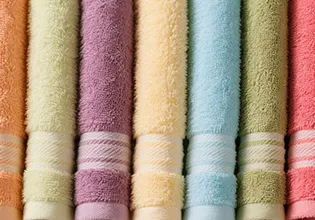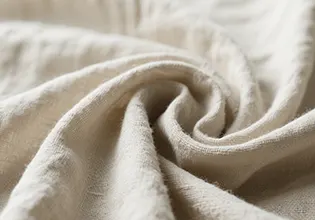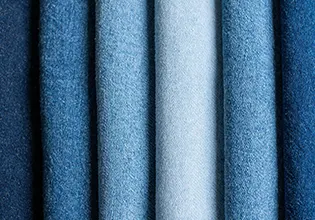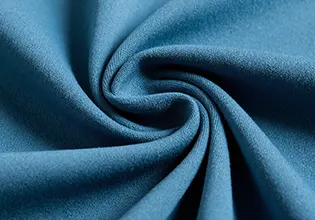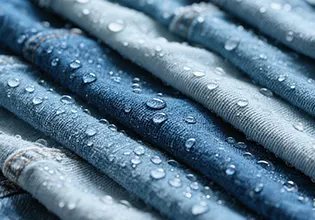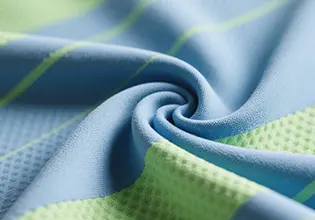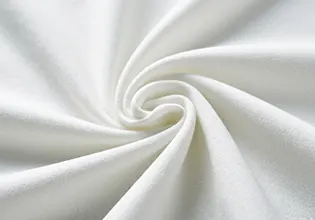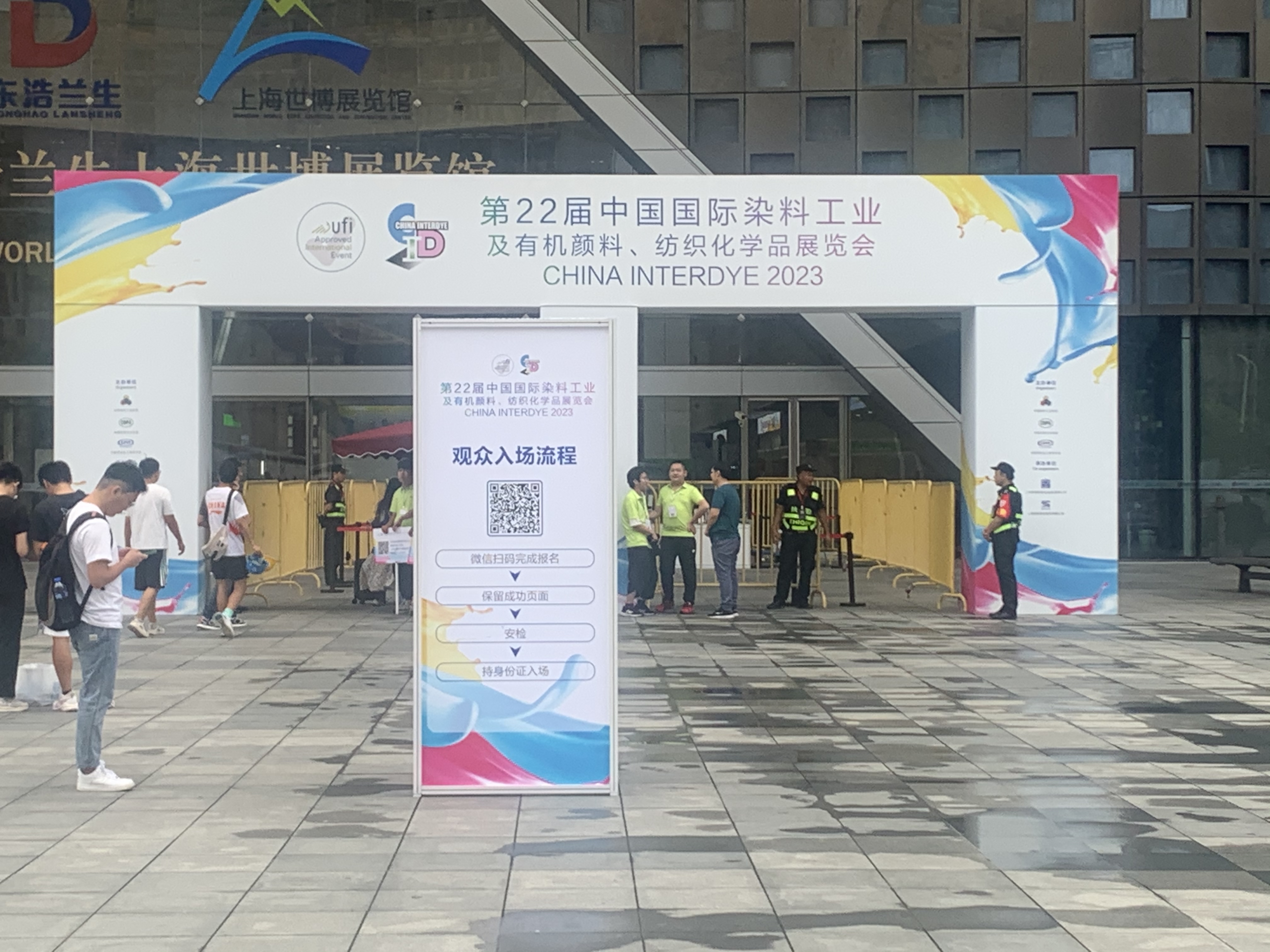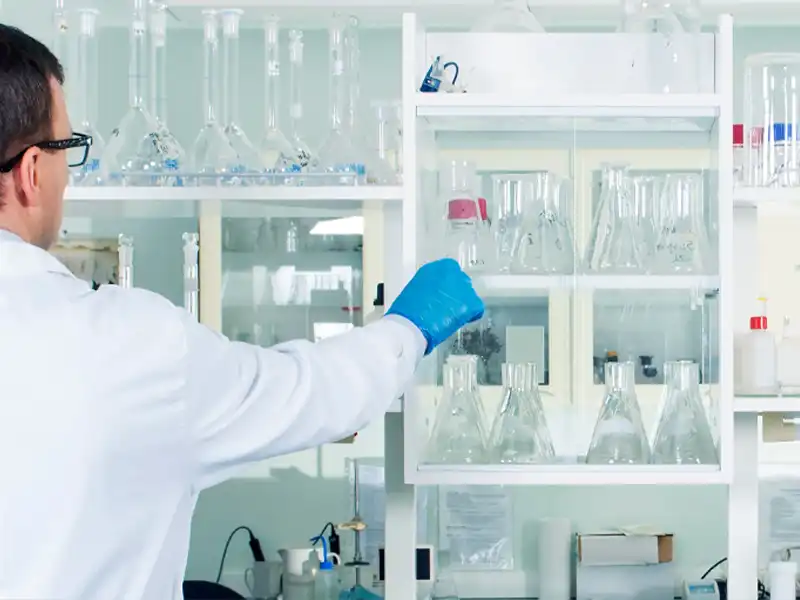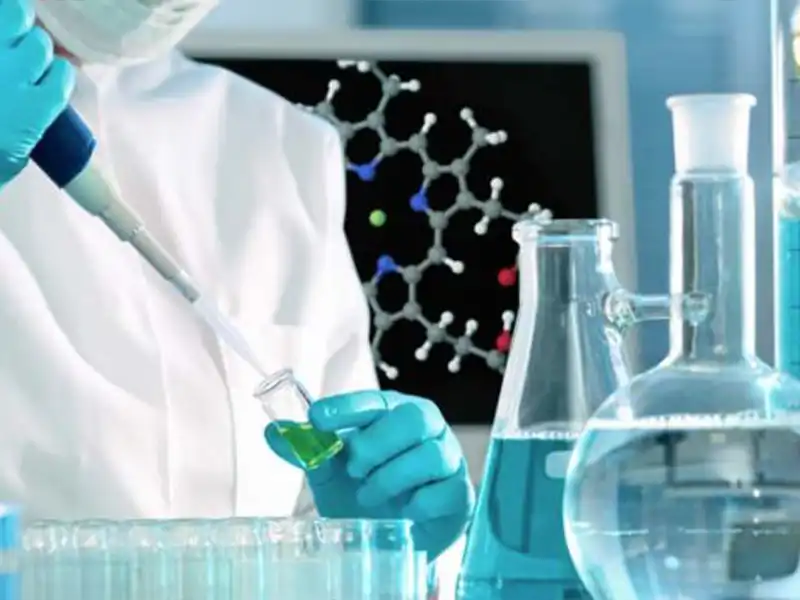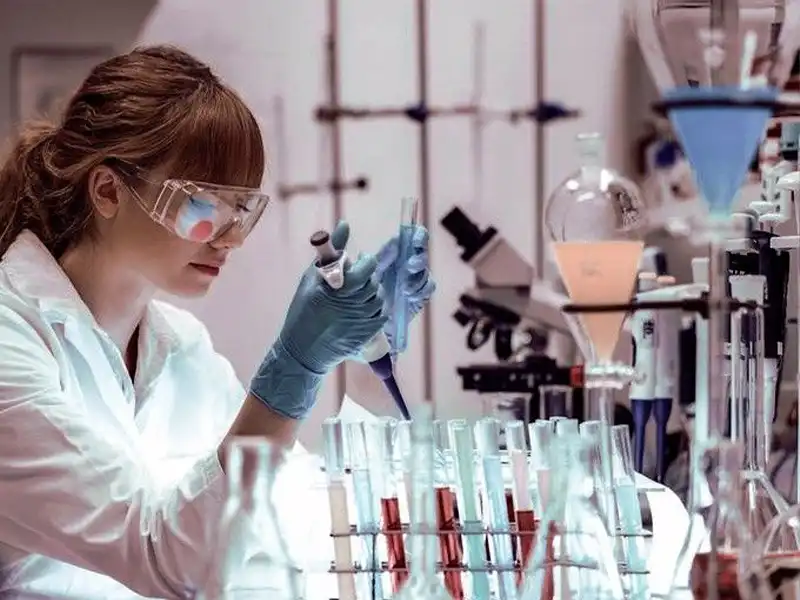Textile auxiliaries are chemical substances used in various stages of textile processing to achieve specific functional or aesthetic properties in the final textile product. These substances can be classified into different categories based on their intended purpose, such as pre-treatment, dyeing and printing, finishing, and others.
Some common types of textile auxiliaries include:
- Pre-treatment auxiliaries: These are used in the pre-treatment stage of textile processing to remove impurities from the fabric, prepare it for dyeing or printing, and improve the penetration and fixation of dyes or pigments. Examples include scouring agents, bleaching agents, sequestrants, and wetting agents.
- Dyeing and printing auxiliaries: These are used during the dyeing or printing stage to improve the color fastness, brightness, and levelness of the dye or pigment, and to control the penetration and migration of the dye or pigment. Examples include leveling agents, dispersing agents, fixing agents, and anti-foaming agents.
- Finishing auxiliaries: These are used in the finishing stage to enhance the physical, mechanical, or aesthetic properties of the fabric, such as softness, wrinkle resistance, water repellency, and flame retardancy. Examples include softeners, sizing agents, anti-static agents, and flame retardants.
- Other auxiliaries: These include substances used for specialized purposes, such as antimicrobial agents, UV absorbers, and optical brighteners.
Overall, textile auxiliaries play a critical role in the textile industry, helping to create high-quality, functional, and aesthetically pleasing textiles that meet the needs of consumers.


